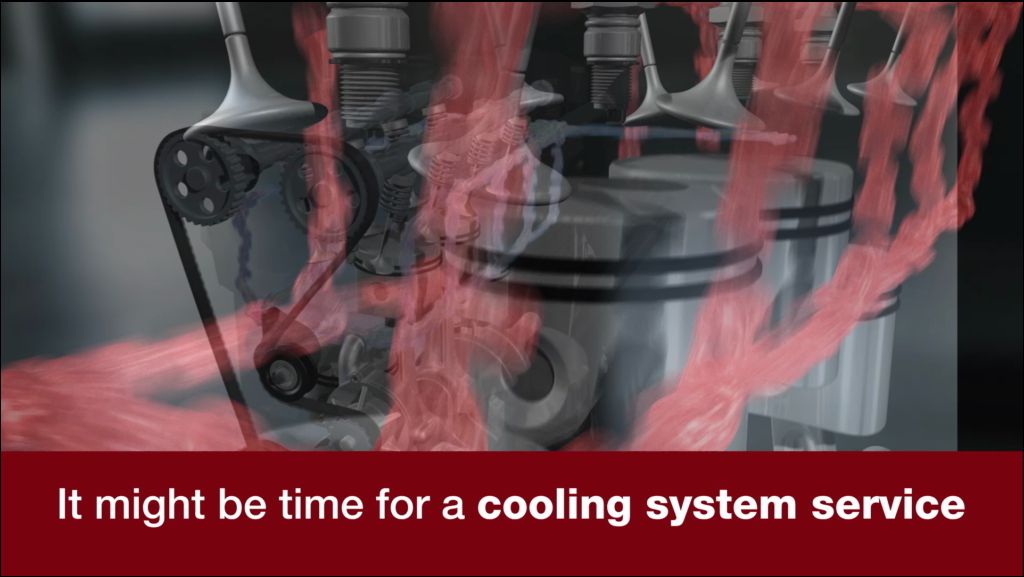Your vehicle’s engine runs hot. It should, since it’s a series of little explosions that create the power that gets you going where you want to go. To keep the engine cool, engineers have designed wonderful cooling systems that use liquid coolant, hoses, and a radiator to transfer the heat from the engine to the outside air.
In order for the system to work right, it has to have the right amount of that liquid coolant in it. So that you know when the coolant has dipped below the correct amount, there is a sensor that keeps an eye on it. When the coolant gets low, that sensor lights up a signal on the dash to alert you. It may literally say “Check Coolant” or it may have a picture that looks like an old-style bulb thermometer sitting in liquid. Your owner’s manual will usually tell you exactly what the one in your vehicle looks like.
If that sensor system isn’t working right, you could wind up driving for a long time with not enough coolant in the engine, and the excess heat can cause some extensive—and expensive—damage.
There are a couple of ways you will know if something’s wrong with your coolant level sensor. One is when you top off the coolant tank, and the low coolant light stays on. If you suspect yours might be having a problem, bring it in so we can thoroughly check your coolant system.
If it is a sensor, we can run a test to see where the problem is in your cooling system. It could be a bad sensor, but it also could be that there is something causing your coolant level to be low. If the sensor needs replacing, the technician will replace it, fill your coolant level to the manufacturer’s recommended level, and test for any leaks in the system. Really, how cool is that?
Tylers Auto TV
12485 SW MAIN ST
TIGARD, OR 97223
(503) 639-5588
http://www.tylersautomotive.com
test

